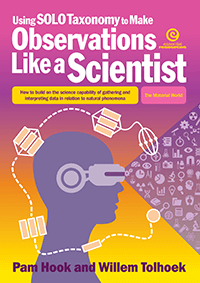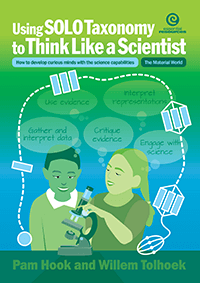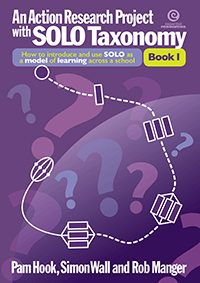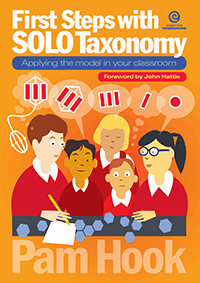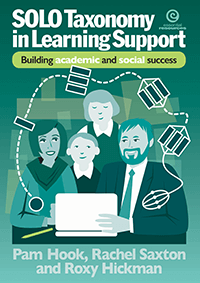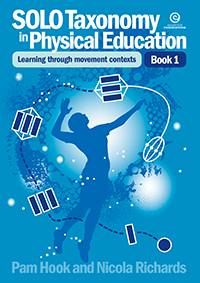
Using SOLO Taxonomy to Make Observations Like a Scientist
How to build on the science capability of gathering and interpreting data in relation to natural phenomena
|
AUD incl GST
|
Add to cart | |
| or more | each |
